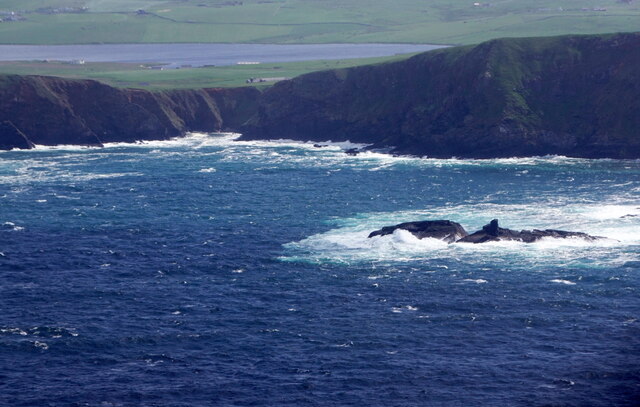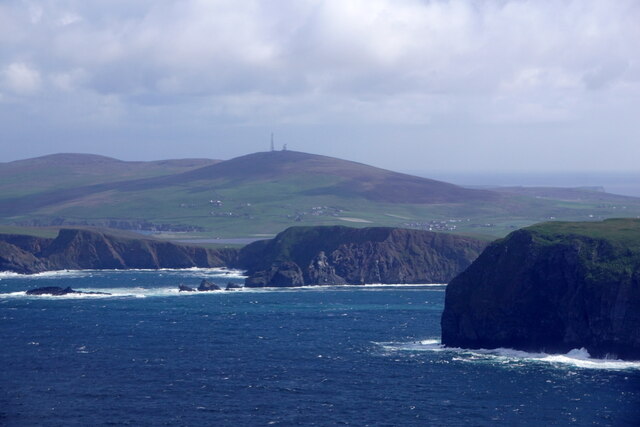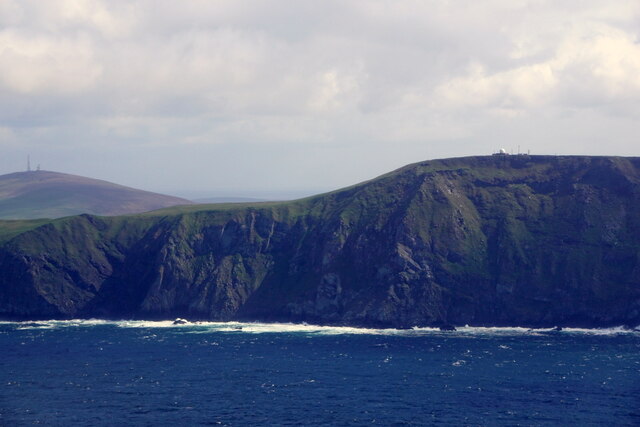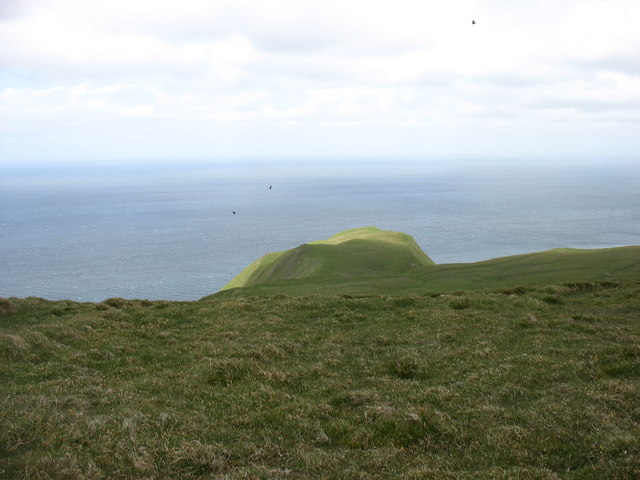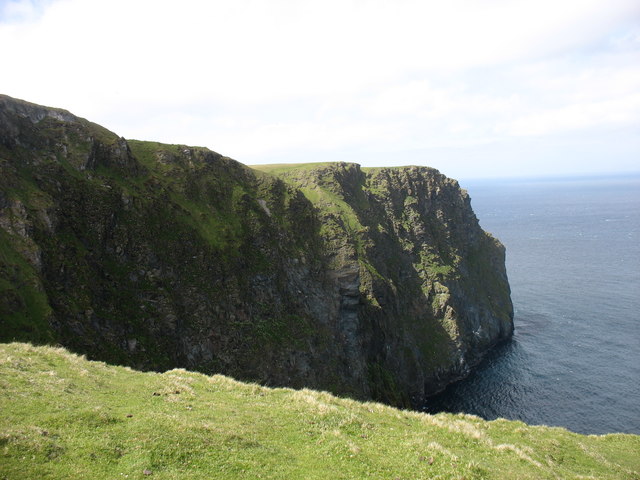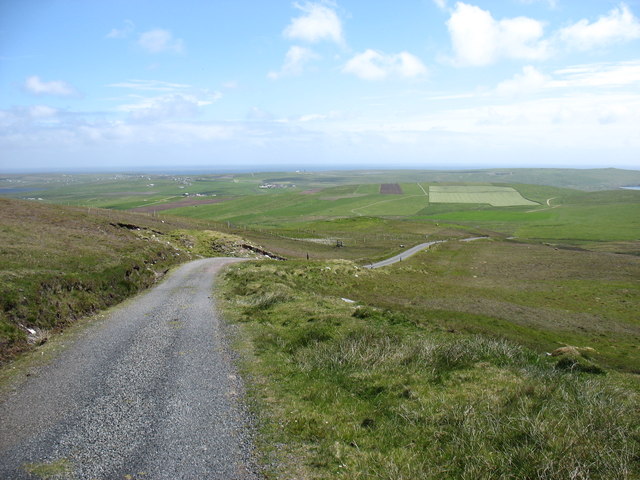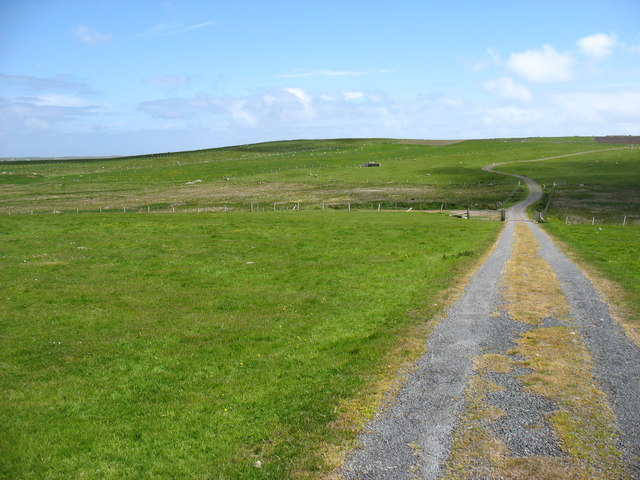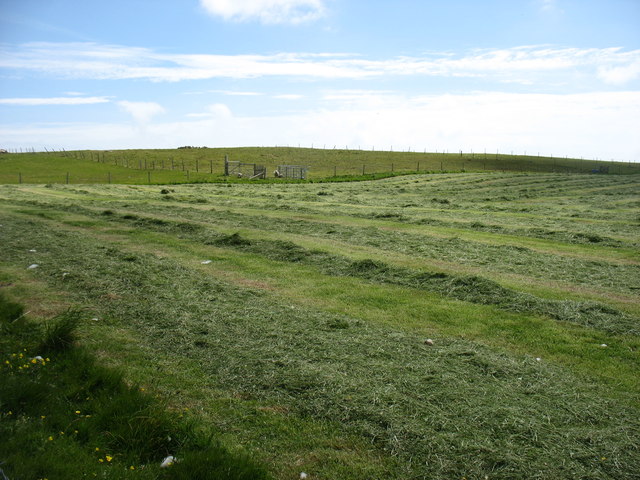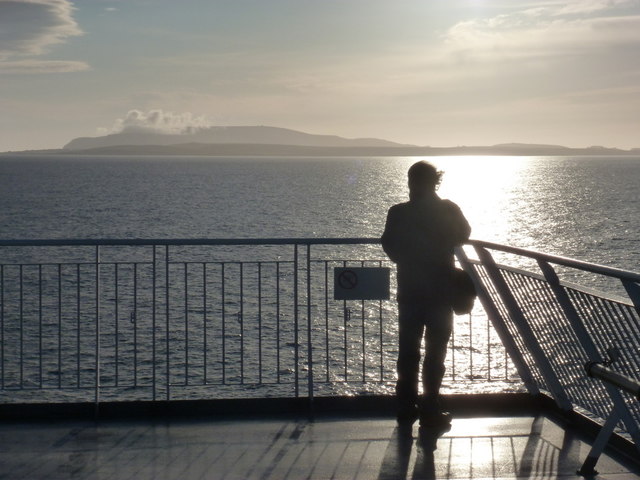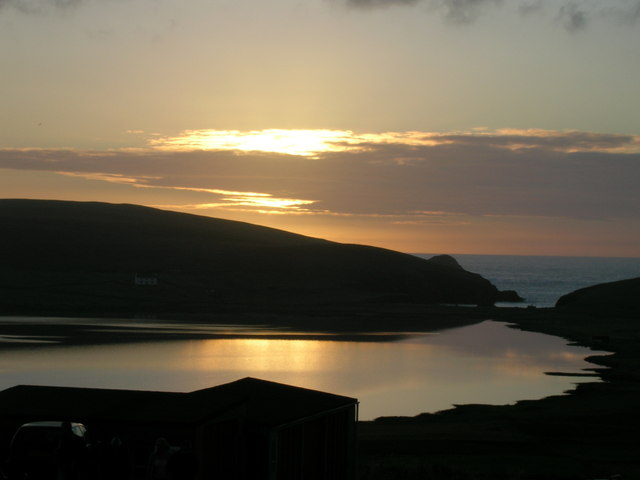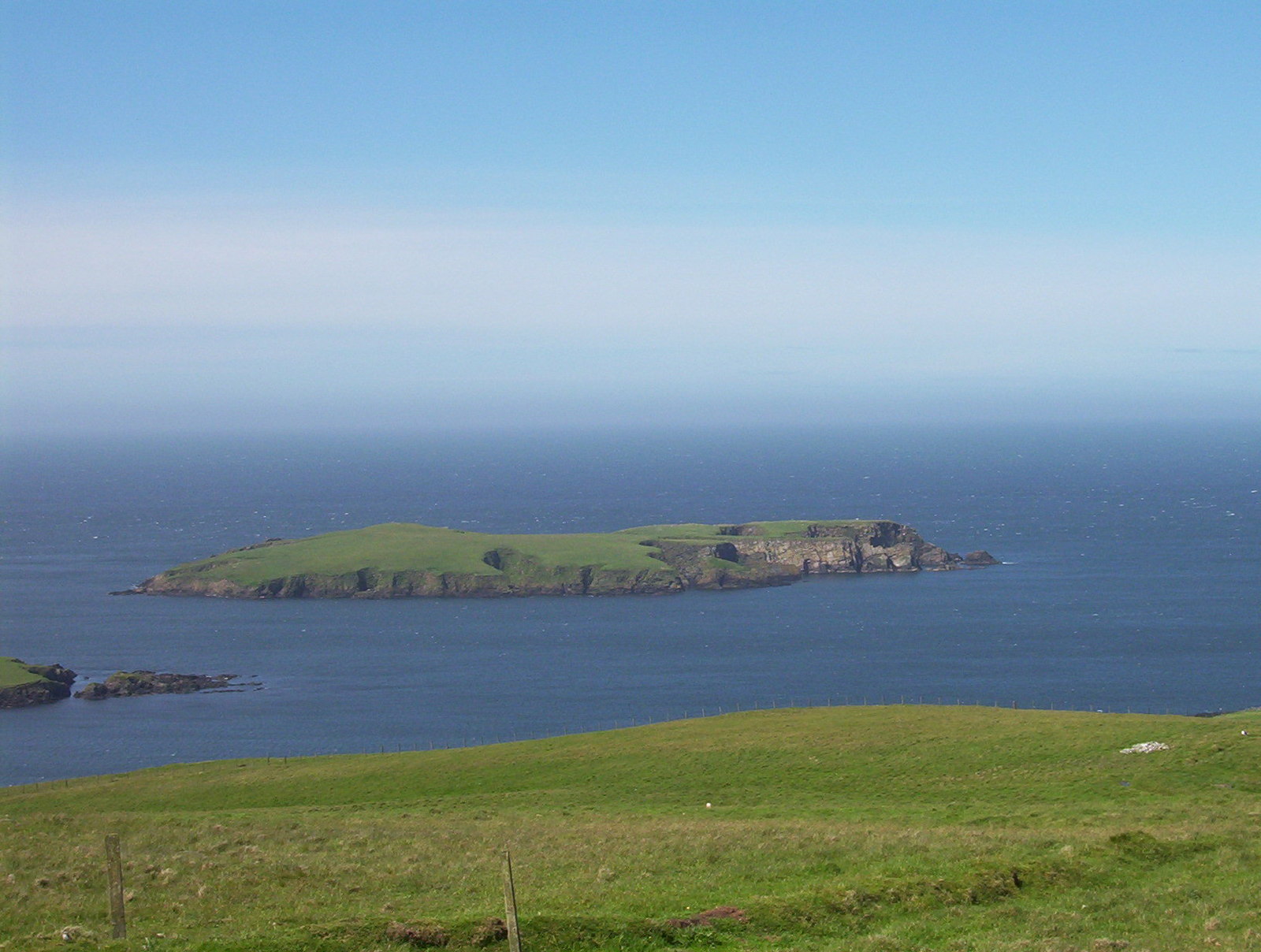Muckle Orcas
Coastal Feature, Headland, Point in Shetland
Scotland
Muckle Orcas
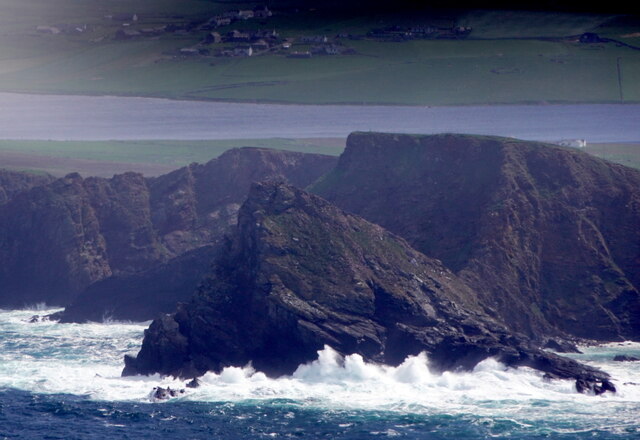
Muckle Orcas is a prominent coastal feature located in Shetland, an archipelago in Scotland. It is a headland that juts out into the North Sea, forming a distinctive point along the rugged coastline. Muckle Orcas is geographically situated in the northern part of Shetland, specifically in the parish of Nesting and Lunnasting.
This headland is characterized by its dramatic cliffs, which rise steeply from the sea to heights of approximately 50 meters (164 feet) above sea level. The cliffs are composed of sedimentary rock formations, primarily sandstone and shale, which have been shaped by the relentless forces of wind and waves over millennia. As a result, Muckle Orcas presents a striking and awe-inspiring natural spectacle.
The area surrounding Muckle Orcas is known for its diverse wildlife. Seabird colonies, including puffins, fulmars, and guillemots, can be found nesting on the cliffs, making it a popular destination for birdwatching enthusiasts. The waters surrounding the headland are also home to a variety of marine life, including seals, dolphins, and occasionally even orcas, from which the headland derives its name.
The coastal paths around Muckle Orcas offer breathtaking views of the surrounding sea and countryside, making it a popular spot for hikers and nature lovers. Visitors can appreciate the rugged beauty of the headland, explore the nearby beaches, and enjoy the tranquility of this remote and untouched part of Shetland.
In summary, Muckle Orcas is a captivating headland in Shetland, boasting towering cliffs, abundant wildlife, and stunning coastal scenery. It is a must-see destination for those seeking a true natural wonder in the northern reaches of Scotland.
If you have any feedback on the listing, please let us know in the comments section below.
Muckle Orcas Images
Images are sourced within 2km of 59.91712/-1.3699219 or Grid Reference HU3514. Thanks to Geograph Open Source API. All images are credited.
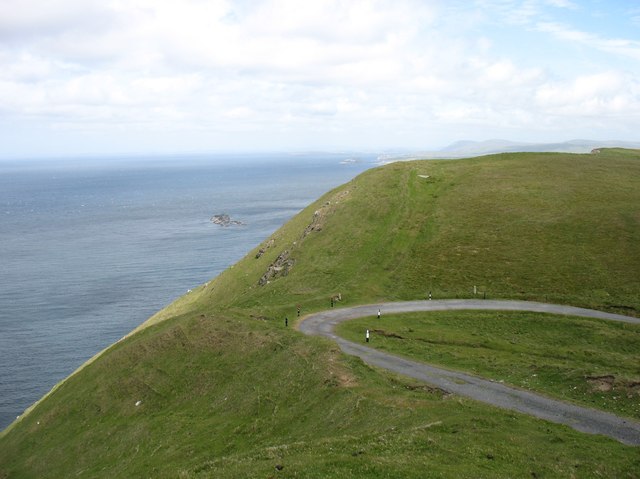
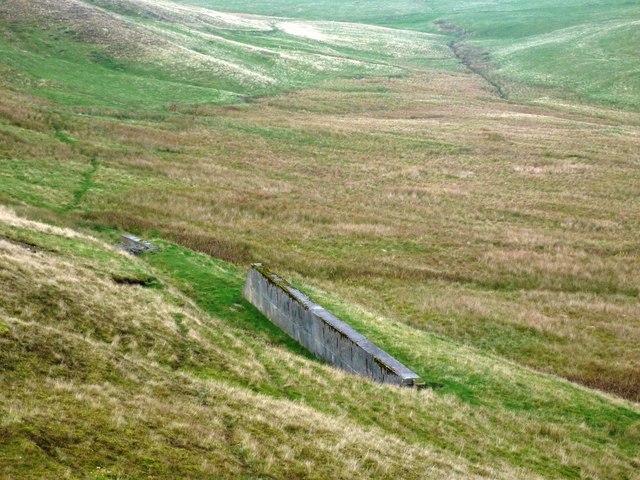
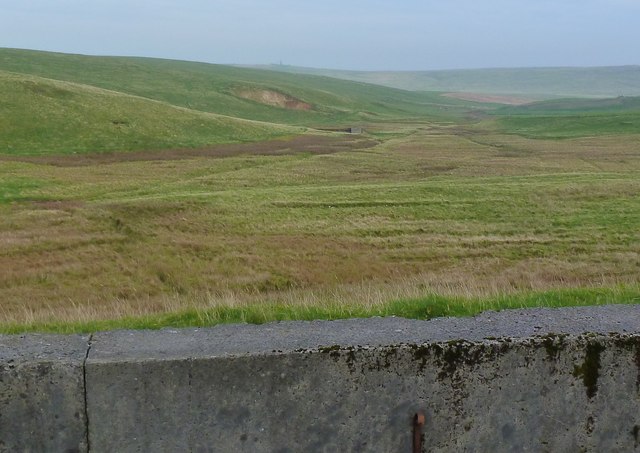
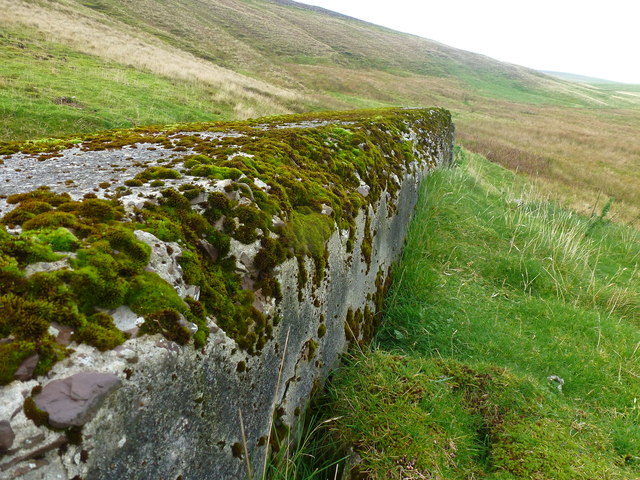
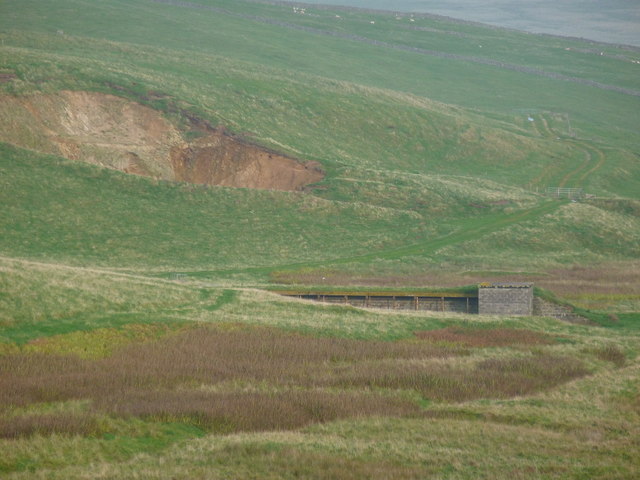
Muckle Orcas is located at Grid Ref: HU3514 (Lat: 59.91712, Lng: -1.3699219)
Unitary Authority: Shetland Islands
Police Authority: Highlands and Islands
What 3 Words
///metro.hack.handbags. Near Sumburgh, Shetland Islands
Nearby Locations
Related Wikis
Fitful Head
Fitful Head is a 283-metre-high (928 ft) headland at the southwest corner of Mainland, Shetland, Scotland, some 6 kilometres (3.7 mi) northwest of the...
Lochs of Spiggie and Brow
The Lochs of Spiggie and Brow are located west of Boddam in the parish of Dunrossness, in the South Mainland of Shetland, Scotland, about 6 km north of...
Colsay
Colsay is an uninhabited island off the South West coast of Mainland, Shetland. Fora Ness lies to the south, across the Muckle Sound. The highest elevation...
MV Braer
The MV Braer was an oil tanker which ran aground during a storm off Shetland, Scotland, in January 1993, and nearly a week later broke up during the most...
Have you been to Muckle Orcas?
Leave your review of Muckle Orcas below (or comments, questions and feedback).
